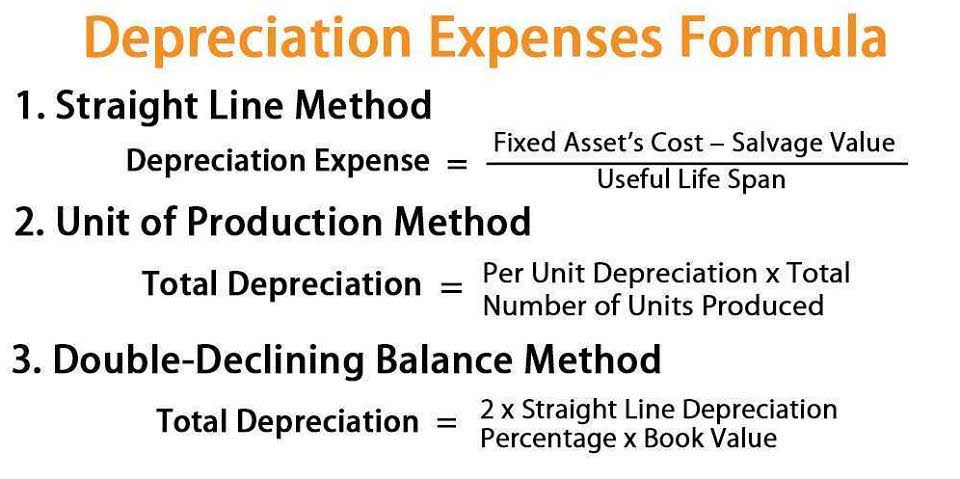
The United States is the most notable country that uses inches but a large number of people still use them in the United Kingdom as well. In the US, inches are the standard in construction and engineering. Inches are also common in what is mm determining a person’s height or the size of television screens. A majority of countries worldwide have adopted the metric system and as such use millimeters. Inches are used mainly in the United States but it is common to find people using inches in the United Kingdom especially for body measurements, trades and fashion.
- The example below shows how figures can be portrayed in millions.
- These uses highlight the importance of millimeters as a unit of measurement across various industries where accuracy and detail are paramount.
- In construction, millimeters are used to measure distances, thicknesses, and dimensions of various building materials, enabling precise planning and execution of projects.
- Millimeter is used for measuring small lengths and visible distances.
- You can also convert length using one of our millimeter converters below.
How to Use The Centimeter to Millimeter Calculator?
It makes the most sense https://www.bookstime.com/ considering that “million” starts with the letter “M.” Most abbreviations follow this standard practice. Millimolar is a unit of molar concentration measurement, where 1 millimolar is equal to 0.001 molar. Enter a value in millimeters below to convert to another unit of length. A unit of abbreviation, the Roman numeral, MM, is frequently used to represent a million. M means a thousand, so MM is the sum if you multiply M by M, or 1,000 multiplied by itself equals 1,000,000. Therefore, 39 millimeters is equal to 0.39 decimeters.

Popular Length Unit Conversions
- A millimeter, one-thousandth of a meter, is essential for precision in engineering, manufacturing, and scientific research.
- The metric unit consists of meters, centimeters, millimeters, and inches.
- Millimeters are widely used worldwide especially in engineering.
- As we can see in the chart, from mm to cm, only one jump to the left is required.
- This table provides the conversion factors needed to translate measurements from millimeters into various other units used in everyday life and specialized fields.
- You might come across “mm” in scientific or engineering fields, where different values are required, and they can reach well into the millions as a unit.
This table provides a summary of the Length or Distance units within their respective measurement systems. Some examples of objects having about 1 millimeter length areA sharp pencil point and the tip of a sewing needle are approximately 1 mm in length. In case you are wondering how to measure length in millimeters or how a length of a millimeter or 1 mm looks like, let’s check it out on a ruler. Please provide values below to convert mil mil, thou to millimeter mm, or vice versa. For quick reference purposes, below is a conversion table that you can use to convert from mm to inches. “M” is the most common abbreviation for “million.” fixed assets If you’re going to abbreviate “million,” it would usually turn into this form.
- The origin of millimeters can be traced back to the metric system, which was developed during the French Revolution in the late 18th century.
- Therefore, there are one thousand millimetres in a metre.
- We can use the following chart to find the approximate results for the conversion of customary units.
- Here’s a fun example to understand why small units are important.
- The small lines on this ruler display the metric measure mm.
- A millimeter is a unit of Length or Distance in the Metric System.
What does MM and M mean in dollars?
Since a millimeter is a unit of length and a liter is a unit of capacity, the correct unit to convert to a liter will be cubic millimeters, denoted by the capacity unit. Millimeters are widely used worldwide especially in engineering. They provide a convenient unit of measurement for fine details. You can also check the millimeter to centimeter conversion chart below, or go back to millimeter to centimeter converter to top. Each of these tools is suitable for different scenarios, from DIY projects to high-precision engineering tasks, ensuring accurate measurement in millimeters. The correct abbreviation for “million” in the UK is only M.

Definition of MM

Million can also be represented using “mn” and “m,” so an individual may see $4m, $4mn or simply $4 million. Another option is to use the “M” for 1,000 and represent $4 million as $4,000M. 5 mm is roughly the diameter of a standard pencil eraser or the thickness of three stacked U.S. dimes. An item that is 1mm long is about the size of the tip of a sharp pencil or slightly thicker than a standard credit card’s thickness. Thus, for converting the value from cm to mm, we would require to multiply the value by 10. The length measurement of a guitar is about 111 meter.
Why is ‘-ed’ sometimes pronounced at the end of a word?
A millimeter is a unit of length in the metric system, equivalent to one thousandth of a meter. It is widely used for precise measurements in various fields such as engineering, construction, and science. In everyday use, millimeters help accurately size small objects like jewelry or electronic parts. The millimeter is crucial for achieving the precision necessary in many technological and scientific applications. A Metric measure of distance that is used for small lengths is called millimeters. A unit of length in the metric system equals to 1/1,000 of 1 meter.

In finance and accounting, MM (or lowercase “mm”) denotes that the units of figures presented are in millions. Thus, MM is the same as writing “M multiplied by M,” which is equal to “1,000 times 1,000”, which equals 1,000,000 (one million). In these countries millimeters are the preferred unit for measuring dimensions of building materials, such as pipes, beams, and panels. Millimeters are found in manufacturing for precision measurements, machinery, and tools. Millimeters are also used in medicine and are used in the fashion and textile industry.
Millimeters are a unit of measurement commonly used in the metric system to quantify lengths and distances. The term “millimeter” is derived from the Latin words “milli,” meaning one thousandth, and “metrum,” meaning measure. As the name suggests, a millimeter is equal to one thousandth of a meter, making it a very small unit of measurement. Under the metric system of measurement, the commonly used units of distance are millimeters (mm), centimeters (cm), meters (m), and kilometers (km).
- The most notable exception is the United States, where the imperial system is still used for most purposes.
- Online calculator to convert millimeters to inches (mm to in) with formulas, examples, and tables.
- In Japanese typography, these square symbols are used for laying out unit symbols without distorting the grid layout of text characters.
- A unit of abbreviation, the Roman numeral, MM, is frequently used to represent a million.
- This tool will calculatate the value for you and also give the result in fractional form if required.
- The United States is the most notable country that uses inches but a large number of people still use them in the United Kingdom as well.
This definition provided a consistent and measurable standard for length. To further divide the meter into smaller units, the metric system introduced the concept of prefixes. The prefix “milli-” was derived from the Latin word “mille,” meaning one thousand. Therefore, a millimeter is one thousandth of a meter. This subdivision allowed for more precise measurements, particularly in scientific and engineering fields. The global adoption of millimeters as a standard unit of measurement promotes consistency and facilitates international collaboration.
